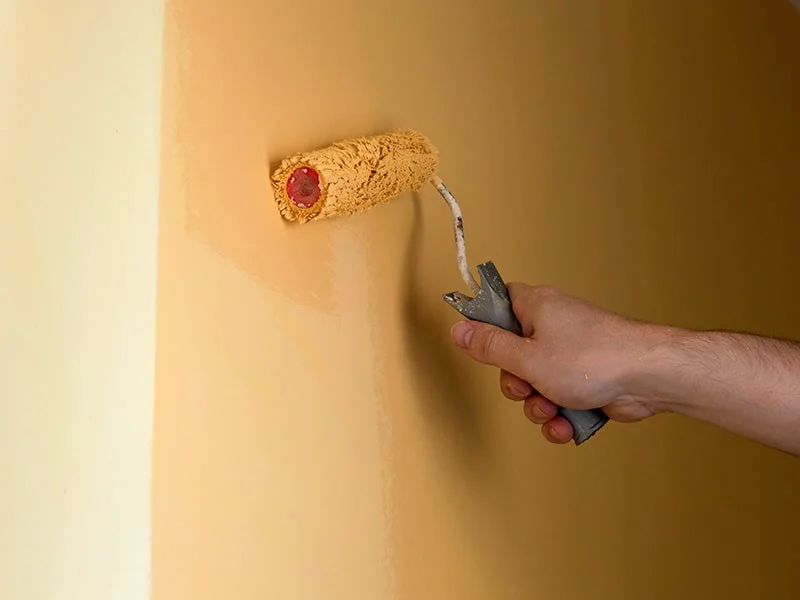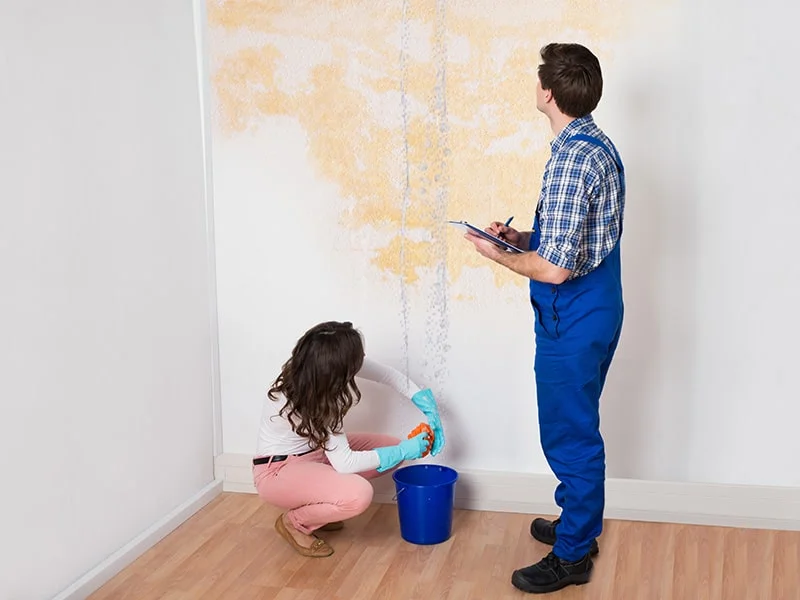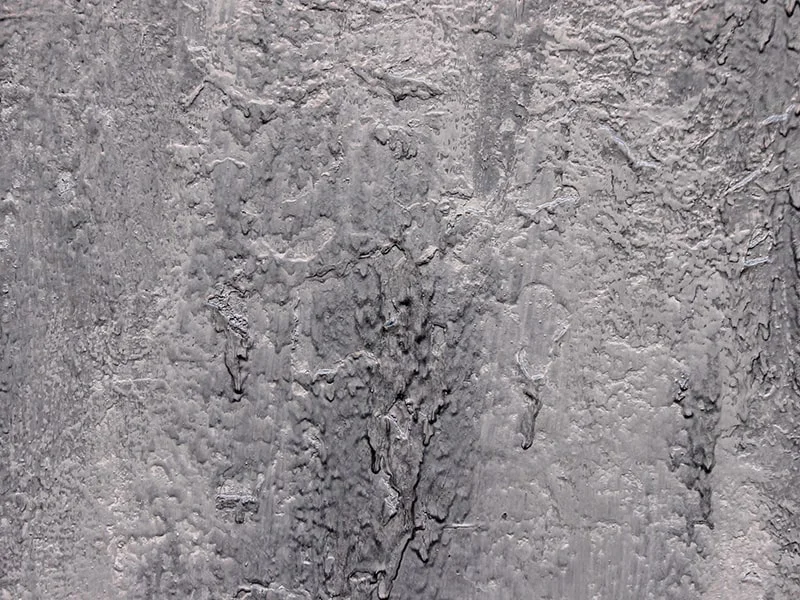Painting Problems for Interior Paint Jobs Part 2
- Blog
- Brett

We’ve discussed some of the most common painting problems for interior paint jobs before, but we’ve got more in store for you. So check out some additional interior painting issues below our team from BJC Painting Services commonly find in many Brisbane homes.
Development of a yellow cast

You painted your bedroom wall white or cream, but to your horror, it turned yellow after several months. Yellowing is caused by several factors, including something as simple as exposure to heat, fumes, or grease from your stove to something as complicated as the oxidation of solvent-based paints. White paintwork can also turn yellow when the wall is not exposed to sunlight or if it is frequently exposed to moisture and leaks.
If the problem is the lack of exposure to light and there is a window in the room, then the best way to rectify this is to draw the curtains open and let sunlight in. You can also move the furniture or frame to expose sections of the wall that had been covered for so long to artificial lighting during the day. It will take some time, but rest assured that the colour will slowly go back to normal.
If your problem is the wall’s exposure to moisture and leaks, then brush it gently with sandpaper and have a professional painter apply a primer that can block such stains on the affected surface. Get that leak repaired, too, to prevent anything like that from happening again. But if the problem is the wall’s exposure to grease and heat from the stove, then it’s best to use a trisodium phosphate and water solution to scrub it down. Let it dry completely before applying the primer and paint.
Roller drips and splatters
Drips and splatters coming from your roller are annoying and can affect the result. Paint splatter is caused by using low-quality paints or using the wrong type of roller cover. Painting too quickly or with a heavy hand can also cause drips and splatters.
To prevent drips and splatters, make sure to use only the best paint and roller available. Don’t rush through the process and apply just the right amount of paint to prevent any excess from splattering. Using your roller, draw a mid-sized zigzagging pattern on the wall and fill it in gradually to make sure that you have a uniform result.
Sagging paint
We’ve covered paint wrinkling, but did you know that paint can also sag? Sagging is caused by some things you or the painter probably did during the process. Maybe there was too much thinner in the mixture, or maybe the thinner you used is not the right one. It can also be caused by the application of an excessive amount of paint, improper surface prep, or working in an environment that is too humid or too cold. You or your former painter’s workmanship may also leave a lot to be desired.

To prevent sagging, then make sure to put the right amount of paint in your roller or brush during application. Using the right kind and amount of thinner is important, and prep the wall surface properly before you start working. Our professional painters also recommend that the work be carried out when it is not too cold nor too humid.




